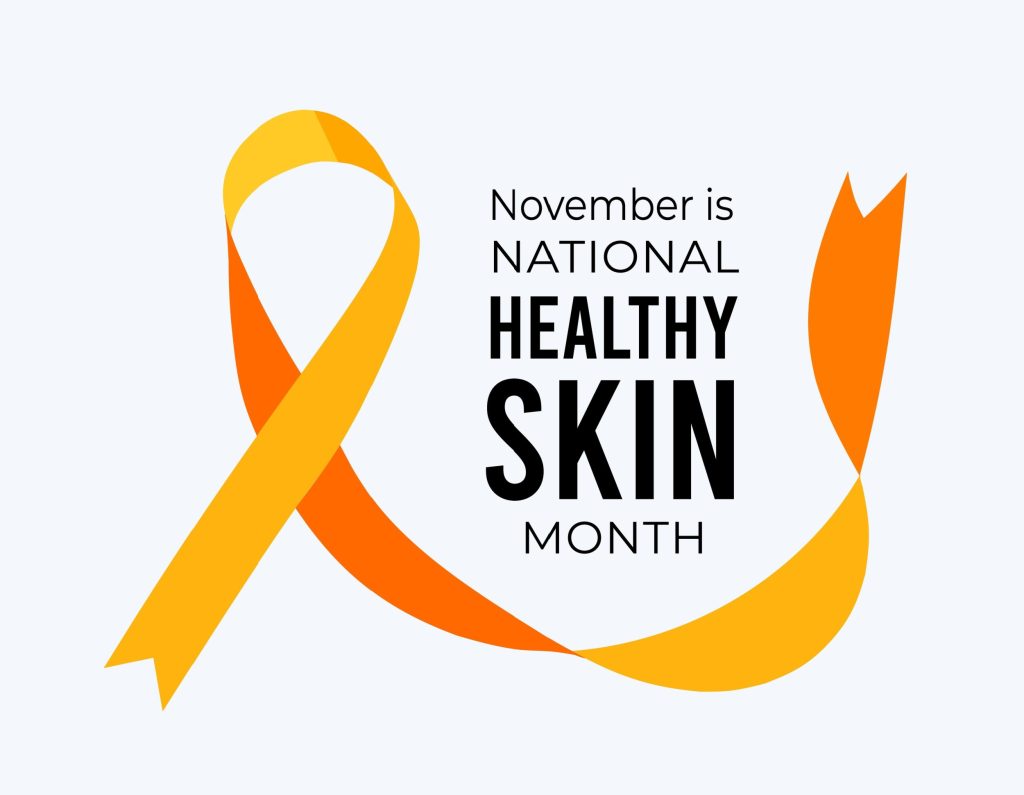
Many people have wrong ideas about sunscreen and sun exposure because of things they’ve read online and on social media or heard from others. These misconceptions can lead to people not using sunscreen correctly or choosing not to use it at all, which puts them at great risk for skin damage and skin cancer. It’s important to talk about these myths and give accurate information to help everyone protect their skin. In this blog, the experts at Florida Dermatology and Skin Cancer Centers will explore and debunk the five most common sunscreen myths. By understanding the truth about sunscreen, we can make better choices for our skin health and stay safe in the sun.
Myth 1: You Don’t Need Sunscreen on Cloudy Days
The Myth: Some people think that if the sun isn’t shining, you don’t need sunscreen. Clouds are there to protect us, right?
The Truth: Even on cloudy days, up to 80% of the sun’s harmful UV rays can reach your skin, according to the American Academy of Dermatology. This means you can still get sunburned and increase your risk of skin damage and skin cancer. It’s a common misconception that clouds block UV rays. In reality, they often just make people less aware of the sun’s strength.
Tip: Always apply sunscreen with at least SPF 30, even on cloudy days. Make it a habit to put it on every morning before you go outside.
Myth 2: Sunscreen is Only Necessary at the Beach or Pool
The Myth: Many people believe that sunscreen is only needed when they are swimming or at the beach.
The Truth: UV rays can affect you wherever you are, not just at the beach or pool. You can get sunburned or sun damage while playing outside, going for a walk, sitting near a window, or even driving in your car. Daily activities like driving to work, or going out for a quick trip around your office building can expose your skin to harmful UV rays whether you realize it or not. It’s important to protect your skin whenever you’re outdoors, or even spending time in the car.
Tip: After applying sunscreen, try wearing long-sleeved shirts and pants to give yourself an extra layer of protection from the sun.
Myth 3: People with Darker Skin Don’t Need Sunscreen
The Myth: Some people think that if they have dark skin, they don’t need to use sunscreen because they won’t get sunburned.
The Truth: While it’s true that people with darker skin have more melanin, which provides some protection against UV rays, they can still get sunburned and are still at risk for skin cancer. Skin cancer affects people with all types of skin tones. According to the American Academy of Dermatology, even if you never sunburn, you can still get skin cancer. Everyone needs to protect their skin from UV damage.
Tip: Regardless of your skin tone, apply sunscreen with at least SPF 30 to all exposed skin. Remember to reapply every two hours, especially if you’re sweating or swimming.
Myth 4: Sunscreen is Toxic and Unsafe
The Myth: There is a belief that sunscreen contains harmful chemicals that can be more dangerous than the sun itself.
The Truth: Sunscreen ingredients are regulated and tested to ensure they are effective and safe for use. Protecting your skin from UV damage is crucial and the benefits of using sunscreen far outweigh any potential risks. The FDA and dermatologists agree that using sunscreen is a safe and important way to protect your skin from UV rays.
Tip: If you’re concerned about chemicals, look for mineral sunscreens with zinc oxide or titanium dioxide. These ingredients are gentle on the skin and provide excellent protection.
Myth 5: One Application of Sunscreen Lasts All Day
The Myth: Some people think that once they put on sunscreen, they are protected all day and don’t need to reapply.
The Truth: Sunscreen wears off after a couple of hours, especially if you are swimming, sweating, or towel-drying. Sunscreen needs to be reapplied to maintain its effectiveness. To stay protected, you need to reapply sunscreen every two hours. Sweat, water, and time can reduce its ability to protect your skin.
Tip: Set a timer on your phone to remind you to reapply sunscreen every two hours. Make sure to reapply immediately after swimming or sweating.
Additional Tips for Skin Protection
- Wear Protective Clothing: Long-sleeved shirts, hats, and sunglasses can provide extra protection from the sun.
- Seek Shade: Whenever possible, stay in the shade, especially during peak sun hours between 10 a.m. and 4 p.m.
- Stay Hydrated: Drinking plenty of water helps keep your skin healthy and resilient, especially on hot days.
- Check the UV Index: Before going outside, check the UV index for your area. On days with high UV levels, take extra precautions to protect your skin, or choose activities indoors.
Conclusion
It’s important to understand the facts about sunscreen and sun protection to keep your skin healthy and safe. By debunking these common myths with the expert advice from FLDSCC, we hope you feel more confident in protecting your skin from harmful UV rays. Remember, sunscreen should be an integral part of your daily routine, rain or shine, summer or winter. Stay safe and enjoy the sun responsibly!
Contact FLDSCC for All Your Skin Care Needs
Florida Dermatology and Skin Cancer Centers provides a full spectrum of dermatology and skin care services, and its team of physicians, APRNs, and PAs are experts in diagnosing and treating skin cancers with the latest technological options. Medical Director, Dr. K. Wade Foster, is fellowship-trained in Mohs surgery, the most effective technique for most types of skin cancers, with minimal scarring or risk.
For more information about services that Florida Dermatology and Skin Cancer Centers provides, or to make an appointment for a skin exam, visit fldscc.com or contact us at (855) FLD-SKIN.


